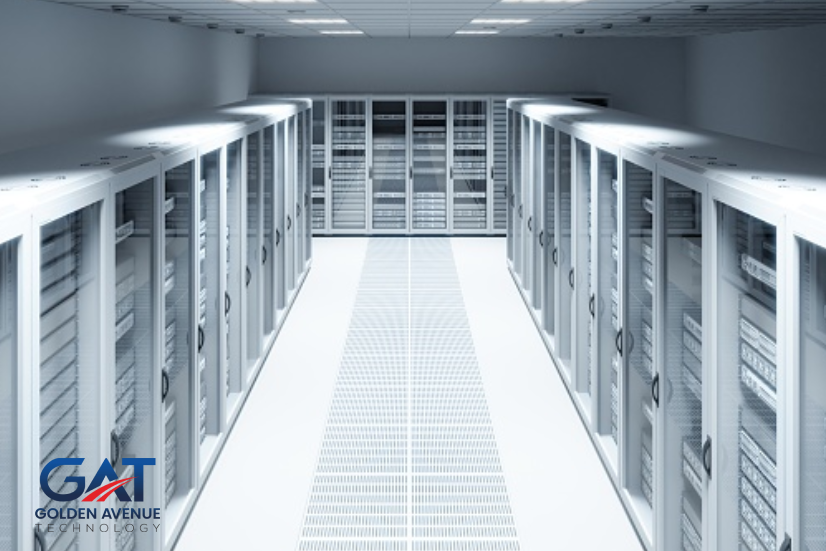A server room is a space where computer servers are housed, and it’s vital to set up a server room correctly so that you have a durable and convenient place to keep all your computing equipment. This article will help you with six steps for setting up a server room for your business.

Step 1: Determine the Appropriate Room Size
The first step to setting up your server room is determining the appropriate room size. The more space you have, the better. The most important thing to remember is that you need enough room to move around in and also enough space to create a safe environment for your employees and equipment.
Having at least 20 feet of clear space around your server room is best. This will allow for easy access and help keep noise levels from becoming too loud or distracting. If you have less than 20 feet of space, consider adding another room or doubling up on existing rooms (for example, one large room and two smaller ones).
Step 2: Set up Hardware for Storage
Your server room is the heart of your business, so you must equip it with the right hardware. You’ll need to ensure that any new servers you buy are running Linux and powered by multiple power supplies. You’ll also need to ensure that each server has enough space for its disk drives, RAM, and CPU.
If you’re just starting, this will mean buying all new equipment. However, if upgrading from an older system, you can use extra space in your rack or cabinet to move things around.

Step 3: Keep the Room Cool
Keeping it cool is one of the most essential parts of a server room. You can do this by installing an air conditioning unit or by using ceiling fans and energy-efficient lighting. A good ventilation system will ensure that the room remains cool even during peak computer usage.
It’s also important to keep the temperature in your room at a consistent level. If you have computers running 24/7, they can overheat and be damaged by their heat. This is why it’s crucial to have a cooling system, so they don’t overheat while working in your server room.
Step 4: Make Space for Cables
The next step is to make space for the cables. This will require time and planning, as you’ll need to design your server room to be easily expanded. You want to invest in some shelving or shelving tracks, allowing you to add more racks down the line. Whatever you do, make sure you think about how much space there will be in storage and make sure that it will be enough.
You should also consider what other equipment you are planning to add later down the line. Many people get bogged down with what they can do with their servers. Still, it’s often worth considering adding a backup generator or UPS, too – both of these will keep your server running even if there’s a power cut or other emergency that shuts everything down.

Step 5: Develop Security Procedures
Developing a security plan is an essential step in any business. The most important part of a security plan is ensuring that employees are aware of the need for security and have been trained to handle any situation.
The following steps should be taken:
Step 6: Allow For Monitoring
Setting up a server room is not only about installing hardware and wiring but also about setting up monitoring tools to monitor your equipment’s health.
With this step, you should ensure that there is an appropriate level of monitoring. It’s vital to ensure that your equipment is monitored for any signs of failure or malfunction. This way, if something goes wrong, you’ll have a record of what happened so that you can take appropriate action to fix it.

In The End…
Golden Avenue is a leading provider of server room setup and management solutions. We offer the most comprehensive range of products and services to suit your needs, whether setting up your first server room or expanding your existing business. Our engineers are dedicated to providing excellent customer service and technical advice at all times. We are committed to ensuring that your new server room has been designed with you in mind so that it meets all your needs.